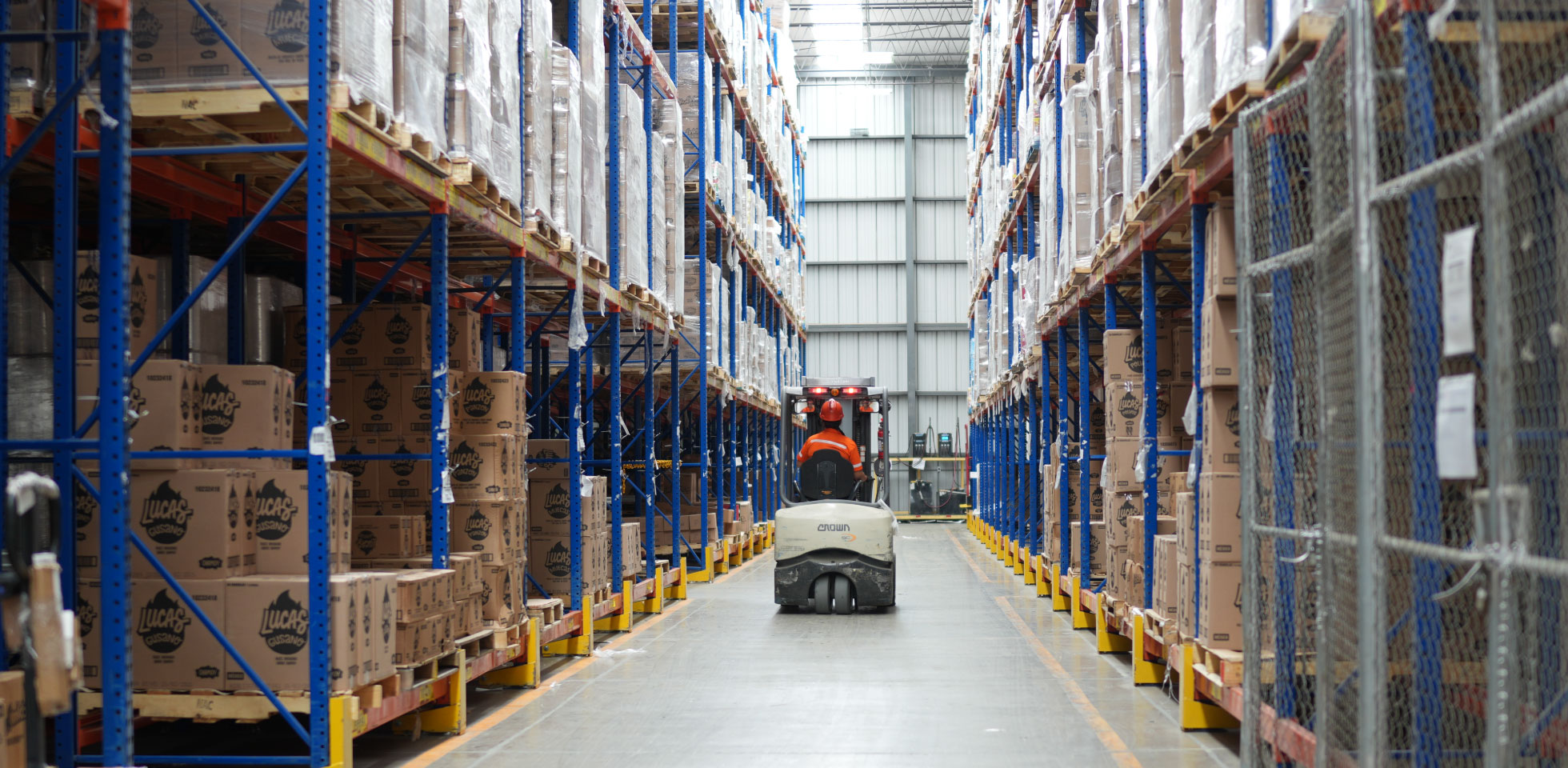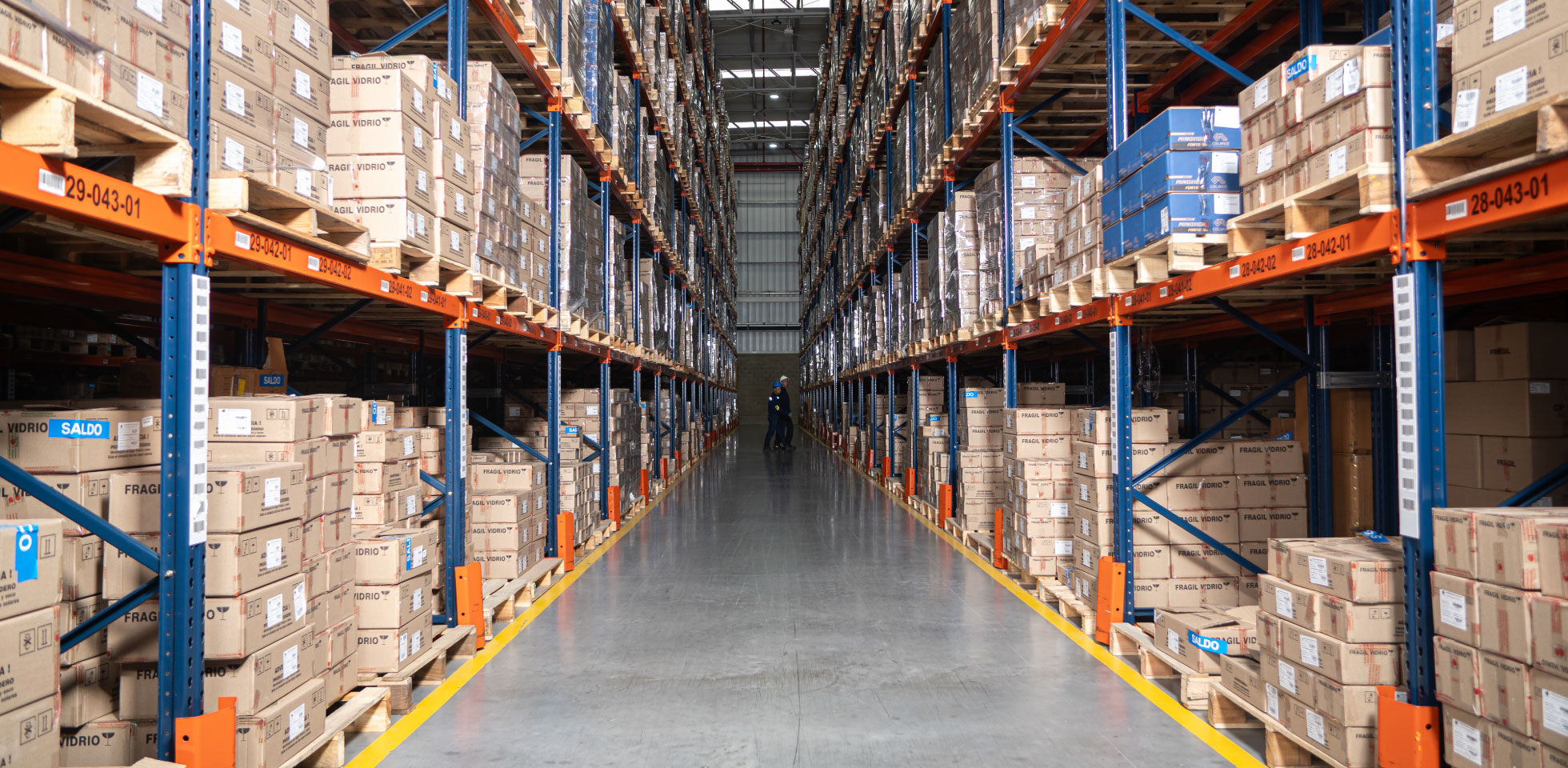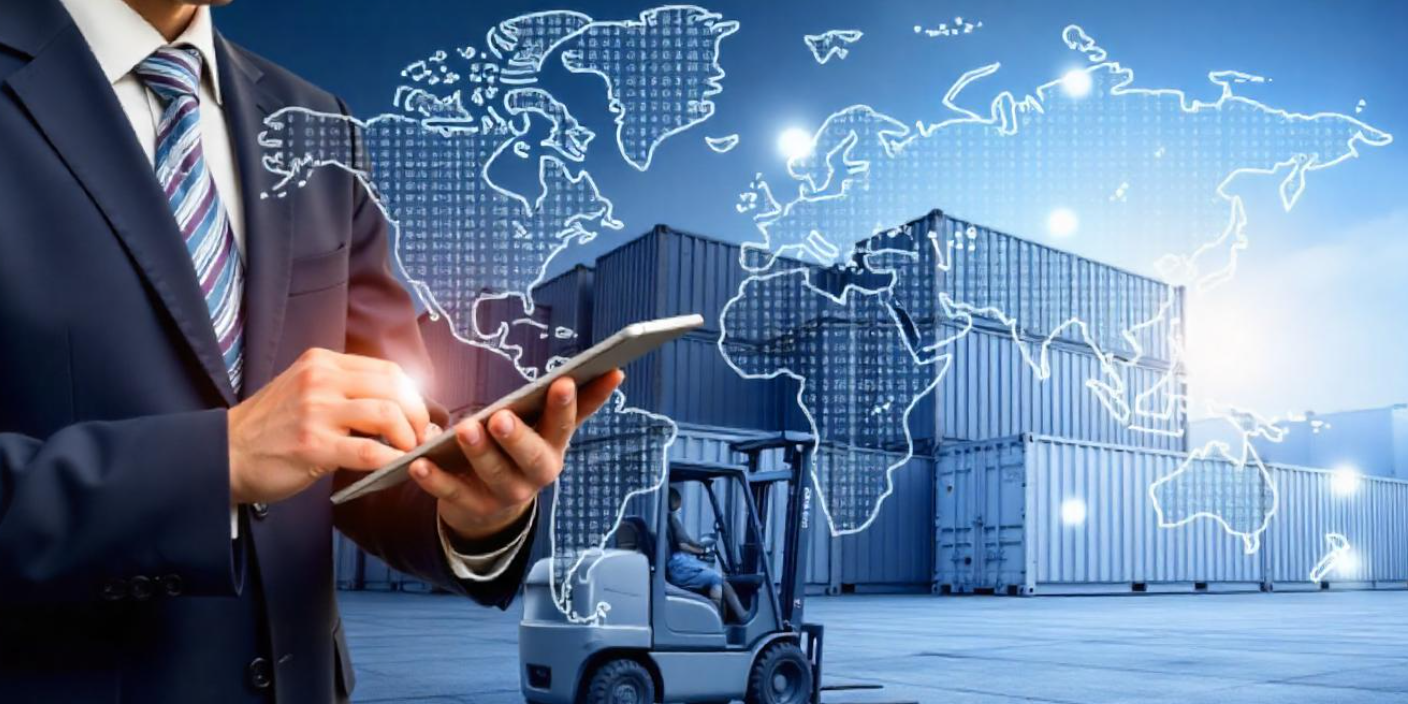Despite the progress made in the trade integration of Latin America there is still a lag, when compared to Asia and Europe, that will be overcome only with the collaboration of both the public and private sectors.
This point of view was addressed by the Latin American Logistics Association (ALALOG, for its acronym in Spanish) during its first annual meeting in April 2018, which welcomed representatives from Argentina, Bolivia, Brazil, Chile, Colombia, Ecuador, Mexico, Paraguay, Peru, and Uruguay.
Just as all the other country representatives who attended the meeting, José Antonio García, president of the Logistics Operators Association of Mexico, presented the current landscape of logistics in the country: “despite having 117 seaports and 27,000 kilometers of railways, we still have many things to improve,” he said.
Mr. García also explained that the costs of logistics in the country amounts to 14% of GDP, roads and ports remain private investments, and that the only standing regulation is that foreign companies cannot operate land transportation because it is seen as a strategic sector.
A similar situation was expressed by the rest of country representatives and, before closing the meeting, attendees came up with a summary of the competitive disadvantages of the logistics industry in the region:
Logistics regulations in the countries is completely different and, sometimes, it is even non-existent; this hinders the strategic and concerted development in the region, which slows down the growth of transnational companies.
The presence of logistics operators and outsource services as strong agents in the economic development of a country is acknowledged only in Argentina (100%), Brazil (98%), Peru (90%), and Mexico (75%).
The strategic vision of logistics projects at a domestic level loses continuity due to the changing political climate and ideologies of current governments, encumbering and, sometimes, even suspending their execution.
The logistics activity of different countries reports elevated costs, mainly caused by fuel consumption and road tolls, and an inefficient management and standardization of port procedures.
The sector faces the challenge of creating or restoring new transport systems (mainly railways), and broadcast information over digital channels inside countries and between them.
Inefficiencies in logistics are an impediment for the region’s competitiveness
The encumbrance of transport costs represents anywhere between 15% and 18% of a big company’s sales, and this burden is even heavier for small and medium-sized companies for which it represents over 42% of their income.
This slows down trade and hits Latin American companies with a loss in productivity and competitiveness.
The reasons for this lag in integration are obvious for the sector’s analysts:
- A lack of quality logistics services that could create and serve an interregional supply chain efficiently.
- Deficient, and even inexistent, infrastructure, not only for large seaports and airports but also for roads and railways.
- A lack of implementation of advanced information and communication technologies.
- Cumbersome bureaucracy for customs procedures, which slows down a smooth transit of merchandise.
- High insecurity levels that forces extra expenditures to guarantee the protection and integrity of cargo.
Faced with this reality, it is obvious that Latin America urgently needs to improve its logistics infrastructure, aiming for a more complete integration, and with a better support from the laws regarding international trade procedures so we can become key players in the world stage of supply chains.
Even if this looks like a complex challenge, reaching a coordinated infrastructure throughout the region depends on the financial participation of each country, beginning with local growth strategies that avoid demanding the construction of complete supply chains all over the territory.
Trade agreements, the engine of logistics development
Mexico, Chile, Colombia, and Brazil have invested more in logistics solutions in Latin America forced by the trade agreements signed with other countries.
Government investment in road construction, and seaport and airport renovation, coupled with the development of logistics companies that integrate technology and best practices and offer world-class 3PL services, have enabled the creation of efficient supply chains.
A task still to do, however, is to bring import procedures up to date in countries like Brazil and Mexico where goods must go through bonded warehouses before they can enter the country, increasing costs and extending delivery times.
Logistics suppliers and governments, a necessary collaboration
The most advanced 3PL suppliers in the region are already offering the solutions requested by imports and exports companies to better serve their final customers.
They act not just as freight companies, but as strategic partners of manufacturers and distributors, offering other services that increase visibility and value to the supply chain.
The governments’ participation must be shown in infrastructure development, and in the integration and standardization of exports and imports procedures to expedite the transit of goods through customs.
Staff’s training and education is another important factor for improving logistics processes.
Many universities in the region, and the logistics companies themselves, have noticed this and are offering specialized academic programs on how to create, develop, and implement efficient supply chains, and on how to use IT to digitalize and optimize processes.
Chile’s example on how to attract investment
Chile has set the example on logistics development in the region. Second only to Panama, which is a logistics hub due to the operation of the interoceanic channel, the country from the South Cone has promoted agile customs procedures and better infrastructure.
In a 2016 report on the region’s infrastructure, the Inter-American Development Bank calculated the profits Latin America would get from improving its infrastructure:
- 20% more direct foreign investment (DFI) would arrive to the region.
- 12% additional DFI for countries linked by trade agreements.
- More appeal if the rule of law were to be strengthened to guarantee the fulfillment of contracts in less time.
The promised integration with a unified logistics model
Since some years ago, logistics companies from several countries in Latin America and their governments pledged to build a unified logistics model for the region.
The goal has not been reached, but the benefits of this initiative have shown in increased public investment and in a fast technological and operational update of large 3PL companies who serve major transnational supply chains.
The integration of diverse means of transport in a multimodal service to bring goods smoothly from their origin to their destination, is a pillar of this promise.
The European Union has become a benchmark in this respect because its trade integration – which resulted in the free flow of goods and people, starting in 1993 – has become the main reason for the reduction of logistics costs and for the strengthening of exports to the whole world.
Factors causing pressure
In Latin America, the first step has been to raise awareness about the importance of efficient and expedite logistics to improve the trade integration of nations and the competitiveness of companies.
But even though we have made progress in the integration plan and some logistics companies have tested its feasibility and effectiveness, we need to adjust and speed up its implementation.
International and interregional trade agreements are other factors putting pressure on the acceleration of logistics’ development as a basis for integration; these trade agreements urge for countries to leave behind a local vision and embrace one based on consensus and collaboration.
The participation of public and private sectors must find a base on the convergence of goals so it can facilitate the execution of plans that aim to create and implement efficient supply chains that boost productivity and competitiveness.
Specific areas of interest for logistics progress
These are the areas on which we should focus our efforts to achieve a greater integration in Latin America:
- Infrastructure, creating intermodal transport networks, logistics platforms that integrate agile customs services, and communication systems that make it easier to safely exchange information along the supply chain.
- Services, going beyond transport and having an impact on the creation of value for imports and exports companies.
- Processes, focusing on automation, harmonization, and simplification to give visibility to goods from their place of origin to their destination, helping their transit through customs.
- Information, integrating and standardizing systems to make sure they can operate with each other and making it easier to check cargo documentation.
- Management, improving the supervision systems for procedures and process.
- Institutionalization, fostering the conversation between the public and private sectors and coordinating joint tasks.
- Regulation, looking to standardize regulations and improve transparency.
The perspectives for the region are favorable, as shown by Mexico with its integration to the American and Canadian markets; and Chile, with its progress towards becoming one of the countries with the best logistics services in the world.
Public and private investment in infrastructure and information technologies must increase and be constant, and the profits promised by trade integration in terms of productivity and competitiveness make it worthwhile.







